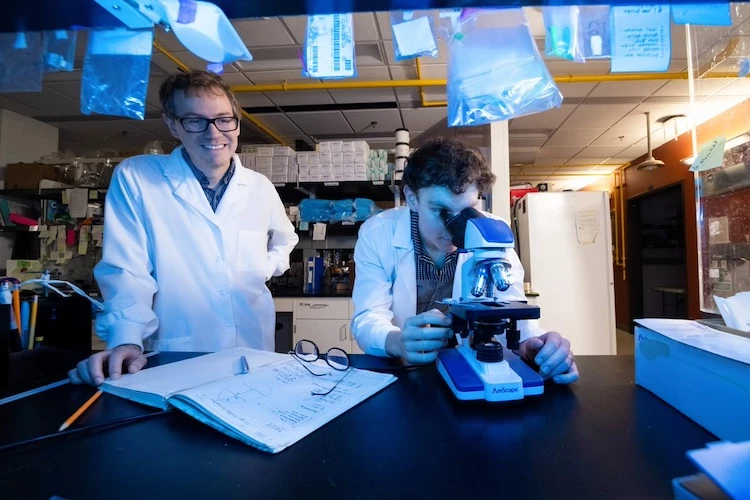While scientists really do seem to love getting rats loaded on cocaine, a new study of rodents getting high on the lab's supply reveals intriguing new insights into how individuals respond differently when the reward is preceded by an unpleasant experience, or an averse cue.
University of Texas at El Paso (UTEP) researchers threw the biology laboratory version of an Oscars afterparty for nearly 30 rodents, inviting the animals to poke their nose through a hole, which would trigger a dose of intravenous cocaine hydrochloride and quinine through an earlier inserted catheter. The bitter punch of quinine, the distinctive essence found in tonic water, hit the rats one second before the cocaine.
Quinine, which is safe for rat consumption, was chosen to mimic the kind of averse cues, or unpleasant associations, that first-time drug users can experience. For humans, those averse cues can range from using needles to inhaling smoke. Through how the rats processed this negative-then-positive stimuli, the researchers gained fascinating new insights into individual susceptibility to addiction.
“Aversive cues matter from the very first exposure,” said Travis Moschak, a biologist at UTEP and the study's lead author.
Given the chance to poke their noses through the 'blow hole,' which then elicited the IV's quinine-cocaine doses, the rats, over the course of the experiment, displayed three distinct behavioral responses. One group (deemed "Low Consumption") was so perturbed by the quinine hit that they completely stopped seeking out the cocaine. The second group ("Ascending") powered through repeat quinine hits to steadily increase their drug consumption. And, to the scientist's surprise, a third group ("Descending") binged initially, exerting heightened novelty-seeking behaviors, but then rapidly reduced their intake, and showed the strongest aversive reaction to the unpleasant stimuli.
“The third group surprised us,” Moschak said. “They seemed to have over-indulged and the combination of too much cocaine and too much aversive stimulus took over.”
Interestingly, the Ascending Group also continued to seek out cocaine even after all the rats had completed the two-week trial and no longer had access to the drug.
This study is the first to demonstrate how averse cues and the onset of experiences with drugs can manifest so differently in individuals. It offers keen insights into why some humans can regulate drug use or even never touch a substance again after a bad first experience, and why others become increasingly addicted in spite of negative cues bundled up with the reward.
It also showed how, despite all 27 rats being housed together and having the same access to self-administered cocaine, their behaviors varied, and increased exposure to quinine did not see uniform tolerance develop – something that scientists have previously believed would be the case.
“These findings could help explain why some individuals develop substance use disorders while others do not, and future studies may uncover genetic or neural differences that could guide targeted treatments,” Moschak said.

As for the rats, the metaphorical sun eventually rose on their 14-day bender and they were cut off from their cocaine supply. The team noted that they were also unharmed by the experiment. However, continuing research will examine the brain regions that showed high activity during drug use, in an attempt to unravel underlying genetic or biological disparities that shaped the rats' distinct behaviors in response to averse cues.
“This is a fascinating study with great potential to help us better understand and address drug abuse in people,” said Robert Kirken, dean of the College of Science at UTEP. “With further study, this research could lead to better ways to prevent and treat addiction.”
The research opens the door to scientists identifying and developing stronger aversive cues in treating addiction in humans, as well as assessing and addressing substance use risk in individuals who exhibit heightened novelty-seeking behaviors.
"We observed three distinct groups that displayed wide variability in their reaction to cocaine paired with an aversive cue," the researchers concluded. "Future research should investigate the neurobiological mechanisms underlying our task, particularly focusing on connectivity between the insula, medial prefrontal cortex, and ventral striatum which are implicated in aversion motivation and drug/reward-seeking."
We should also note that the cocaine used in this study was "generously provided" through the National Institute on Drug Abuse’s Drug Supply Program, which gives scientists access to restricted substances for research.
The study was published in the journal Drug and Alcohol Dependence.
Source: University of Texas at El Paso





